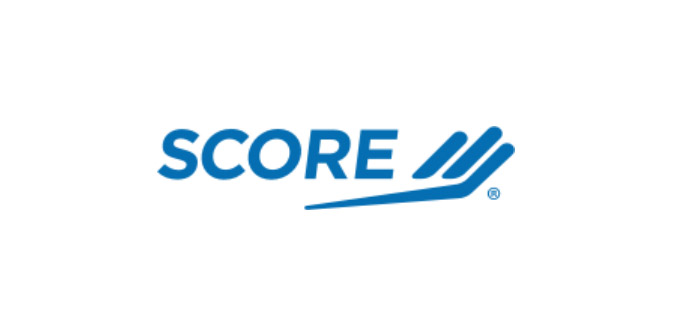Operational challenges in the current environment are coming from a Pandemic but more frequently, such challenges come from natural disasters, employment shortages or economic downturns.
The Federal Reserve Bank of San Francisco (FRB) conducted a recent national survey to collect information on the scope and scale of challenges to nonprofit organizations related to COVID-19. The report confirms that current conditions are placing significant strain on the ability of nonprofits to serve communities.
Key Findings from Nonprofit Respondents in the Western U.S. includes:
- Almost three quarters of respondents (74 percent) indicate that COVID-19 is causing significant disruption to the entity they represent, with only 42 percent expecting to bounce back quickly after recovery begins.
- More than three out of four respondents (76 percent) indicated demand for their services has increased or is anticipated to increase, and more than half of the respondents (55 percent) noted a corresponding decrease or anticipated decrease in their ability to provide services.
- More than a quarter of respondents (26 percent) indicated that their entity could operate for less than three months in the current environment before exhibiting financial distress.
One strategy to immediate implement for avoiding financial distress should be establishing or enhancing a Contingency Fund.
What is Contingency Planning and a Contingency Fund?
Contingency planning is emergency planning. It specifies what the organization will do if something totally unexpected happens? The contingency plan will include a fund that operates as an insurance policy. It is available if the contingency meets the guidelines established by the organization’s Board of Directors. The accessible funds will minimize damage and loss, allowing the organization to continue working on its mission, even during catastrophe.
How much should we save?
Obviously, every organization is different, and a nonprofit’s bookkeeper can help with a historic cash flow report and risk analysis to determine the level of a three to six month contingency fund. As a general rule, work toward a fund that stabilizes the operation’s finances, taking into account things like lost donations, repairs, need for remote locations, specialized equipment, systems improvement and varying staffing needs.
For most small operations, a fund should ideally have between three and six months’ worth of operating expenses in a contingency fund.
How to establish a contingency fund
While it can be difficult for organizations operating on a shoestring budget, a contingency fund is certainly not out of the question. Grant writing, resource conservation and careful planning will allow you to put aside some money for emergencies. One idea to pursue for additional funds that could be part of a contingency fund is Government Grants. The FRB report finds that the organizations surveyed expect a 33 percent increase in Government funding for nonprofits in the next year. Check with your bank, Business Oregon, SCORE or SBDC for additional information about Government assistance.
A little planning goes a long way if done before emergencies, so make a thorough budget with even a tiny bit of room for savings built in at the beginning of the year and prepare to stick with it.
The bottom line
Remember that a contingency fund isn’t to be used for anything except emergencies–no extravagant holiday parties, new desk chairs, or impulse buying. Instead, save this money for the inevitable emergency that befalls every organization. A quick reminder to take decisive action during a downturn so that reserves are not drained beyond the point of no recovery. On the other hand, be cautious about cutting staffing that might be the very resource needed by the organization to sustain itself and recover. And, if the contingency fund gets “tapped,” don’t forget to rebuild it.
Bruce Barrett is a Certified SCORE Mentor and a commercial real estate broker with Windermere Commercial. He can be contacted at barrett@windermere.com.





